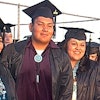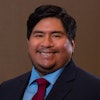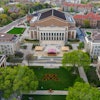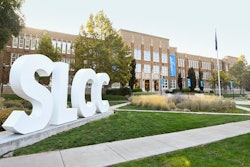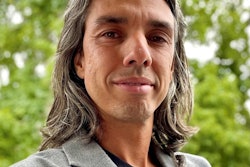New England Tribal College Would Be The First to Serve Eastern Tribes
HARTFORD, Conn.
The modern-day reawakening of American Indian groups across New England could spawn something never seen on the East Coast: a college dedicated to the region’s estimated 40,000 people with native roots.
A tribal college would offer a connecting point for New England’s widely scattered and diverse Indian Country, which stretches from the dense forests of eastern Maine to the Mohegan and Mashantucket Pequot reservations of Connecticut.
All of the country’s existing 32 tribal colleges now are west of the Mississippi River, where the two- and four-year schools provide an important bridge between native culture and the outside world.
“I think tribal kids in the East really value meeting each other and working with each other,” said Nan Doty, former director of education for the Massachusetts-based Wampanoag Tribe of Gay Head. “Tribes also need to have tribal members who are technically skilled to care for medical needs of tribal members.”
Recently, the U.S. Department of Health and Human Services awarded the New England Board of Higher Education a $200,000 grant to study creation of a school that would serve tribes throughout the six-state region. An American Indian advocacy group, the United South and Eastern Tribes, will assist with the effort.
A tribal college in New England likely would focus on training in health careers, environmental science and information technology. But offering an institution that supports cultural traditions is also essential, supporters like Doty say.
Native students “are thirsty for having information rooted in the tribal perspective,” she said.
New England is home to federally recognized tribes in Maine, Massachusetts, Rhode Island and Connecticut. There are numerous other American Indian groups as well, fueling a nascent tribal renaissance in the region, which has witnessed more than 350 years of sometimes violent and frequently uneasy relations between immigrants and natives.
Among the greatest needs, college supporters say, is training for students who would go back and work with their American Indian communities, particularly in health care. A college also would have to be located so it could serve a widely dispersed American Indian population that lives in both cities and remote corners of New England.
“We need trained personnel who are attuned to tribal people,” said Mark Sperry, education director for the Mohegan Tribe. “We are one of the more mainstream tribes and we have trouble finding folks to take care of our elders. We want people to come back and provide services.”
In the West, tribal colleges have played a substantial role for a population that ranks near the bottom in nearly all socio-economic indicators.
For example, the poverty rate for American Indians, at 24.5 percent, is more than double the national average, and unemployment rates exceed 12 percent nationally. Among American Indians 25 and older, just over 9 percent have completed four or more years of college, according to the U.S. Census Bureau.
Tribal colleges are “changing the reservations by showing and providing an opportunity for meaningful education at home that is still quality, still accredited, and helps students learn and know who they are,” said John Gritts, director of tribal college relations for the American Indian College Fund in Denver.
Gritts said that because the average tribal college student is a “30-year-old single mother,” these institutions must adapt to the needs of the American Indian population. “The students who transfer from a tribal college (to a mainstream institution) are much more likely to succeed,” he said.
“The tribal college movement began back in the late 1960s on the Navajo reservation,” said Gerald Gipp, executive director of the American Indian Higher Education Consortium in Washington, D.C. “Our students were failing miserably in mainstream institutions.”
— Associated Press
© Copyright 2005 by DiverseEducation.com

